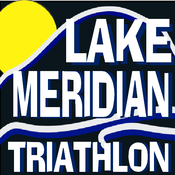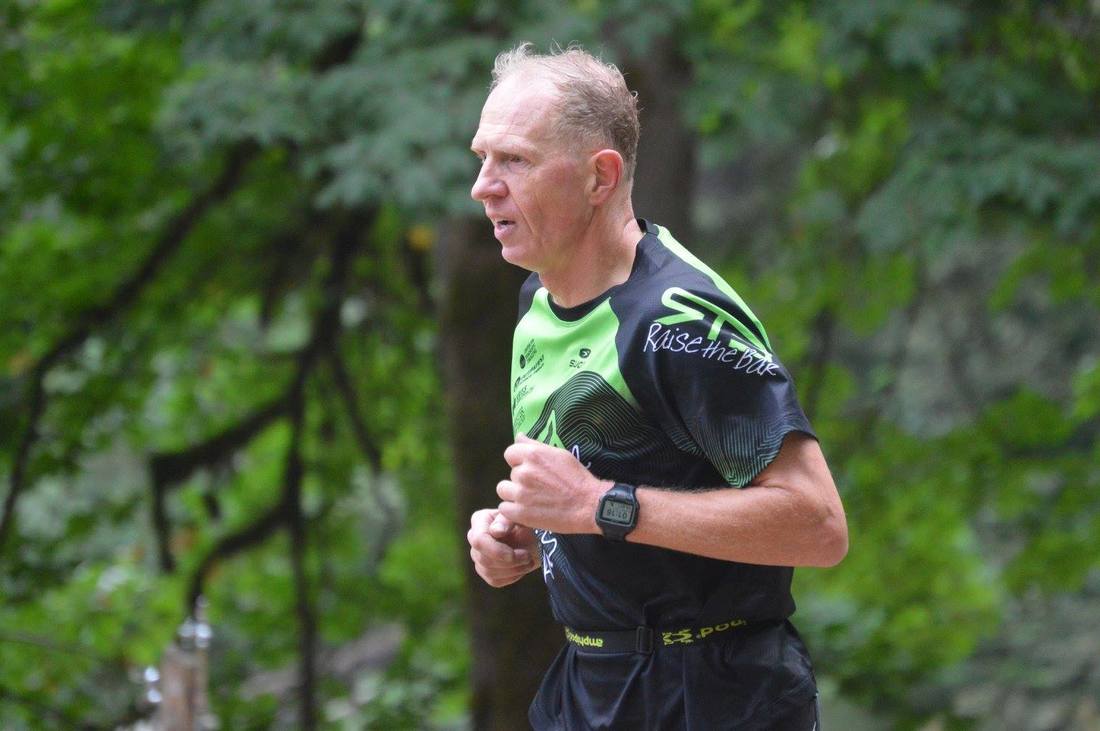 By Holly Pennington, PT, DPT/Outpatient Physical Therapy If you have ever suffered from a painful muscle cramp in the middle of a race, you are in good company: 67% of triathletes report experiencing Exercise Associated Muscle Cramps (EAMC). For such a prevalent and debilitating condition, scientific understanding of the cause of cramping is limited, but new sports medicine research questions old theories and proposes new ways to approach this pesky, painful problem. What’s Old The earliest repots of muscle cramps date back to more than 100 years ago, when miners and shipyard workers suffered from muscle spasms in hot and humid working conditions. The finger was pointed at heat and profuse sweating, and a longstanding theory with a fancy name was born: the electrolyte imbalance and dehydration theory. Proponents of this theory believed the loss of sodium associated with excessive sweating caused cramps. Athletes, coaches, medical providers, researchers – and sports drink marketers - have worked with this theory for decades, experimenting with various forms of sodium, electrolyte and hydration intake to prevent EAMC. But despite the hundreds of sports drinks, goos and shots on the market, triathletes from amateur to professional levels continue to suffer from race-stopping quad, hamstring and calf cramps. What’s New More recent research casts doubt on the electrolyte imbalance and dehydration theory by asking good questions: If dehydration causes EAMC, why does an athlete’s muscles cramp in isolation? If heat is a contributor, why do athletes report cramping in a range of temperatures, including extreme cold? And, the big one - why are logical prevention strategies such as sports drinks or hyperhydration inconsistently effective, at best? Enter the altered neuromuscular control theory, the scientific way to say muscle fatigue alters muscle function. Muscles most likely to cramp are those that are repetitively used and limited to a small arc of motion. For example, swimmers often experience spasms of the calf muscle and this may be explained by its constant activity in a shortened position due to pointing the toes while kicking. Runners may be more likely to experience hamstring and quad cramps for the same reason. Athletes are also more likely to experience EAMC in the preseason when the body is not conditioned and near the end – or after - intense or prolonged exercise. These patterns point to a correlation between specific muscle fatigue and EAMC. So, what is the cramping triathlete to do? The National Athletic Training Association continues to recommend that those prone to cramping add salt to their drinks (0.3-.7g/L), based on the assumption that a relationship between sweating, sodium and EAMC exists for some athletes. Tracking what specific muscle cramps – and when – to identify consistent patterns may help with prevention as well. Specific muscle training strategies such as plyometrics and functional strengthening may reduce the likelihood of EAMC. For example, in a promising case study, gluteus strengthening prevented hamstring cramps in a triathlete who had previously suffered from EAMC. Attention to technique - running form, cycling position, swimming stroke – may be an effective EAMC prevention strategy as well due to potentially lengthening the range of motion for muscles prone to cramping. While the jury is out on a confirmed cause of muscle cramps in triathletes, current sports medicine perspectives shift toward muscle fatigue and away from nutrition. If you are suffering from EAMC, try giving your cramping muscle more attention in training than you ever have before to find out what works for you. Need ideas for training your cramping muscles? Visit www.outpatientpt.com for a clinic location near you and call to schedule your free consult. Sources: https://orthoinfo.aaos.org/en/diseases--conditions/muscle-cramps https://www.researchgate.net/publication/314859171_Exercise_Associated_Muscle_Cramps_-A_Current_Perspective https://www.ncbi.nlm.nih.gov/pmc/articles/PMC5857054/
0 Comments
 My triathlon journey started about eight years ago. While I had been active in high school and college, my 20’s were spent overweight and dealing with some health issues. But after my first daughter was born I knew I needed to change things. I also was looking for a new challenge. I had left my job when she was around 5 months to stay home full time and while I loved being with her, it was hard not having that sense of immediate accomplishment, of checking things off the list. I had known some friends in grad school that had done a triathlon so it seemed like just the right thing. I knew how to swim, I had a bike, and could run a bit, but putting them together was just scary enough to challenge me. We were living in Maryland at the time and after looking around I decided on the Washington DC sprint triathlon. I found some training plans and inspiration online, bought a trainer and jogging stroller, and got to work. Swimming in the Potomac River and biking/running around the national monuments to finish my first tri was an amazing experience. Fast forward through a move back to the Seattle area and my second child and I was ready to start again. My first RTB experience was an open water swim clinic at Lake Sawyer before my second sprint triathlon. It was so helpful that I ended up signing up for the whole summer open water training at Lake Meridian. Over the past few years, I’ve continued to challenge myself by stepping up to Olympic and then my first 70.3 in 2016. I’ve learned so much over the years. It’s been a great progression from finishing that first tri with my swimsuit/bike shorts to hiring an awesome coach to help me succeed in at CDA 70.3 last week. Several things run on repeat through my head now including “hand below the wrist, wrist below the elbow” and “set up the run, set up the run, set up the run”. I also find it amusing when my husband stares at me while I inhale my second dinner. 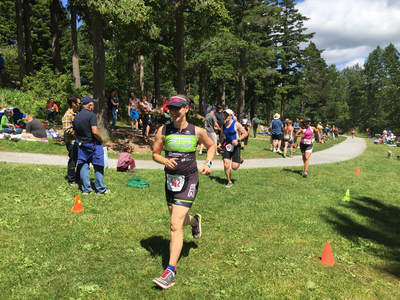 I tri because I love how this sport challenges me, physically and emotionally. I can always find things to work towards and goals that scare me a little. I’ve spent the last few years reaching towards faster times or longer distances. I can see the confidence building in other areas of my life as well. I know that I’ve done some hard things with training/races and it helps to tackle whatever ‘life’ decides to throw my way. I also have met some amazing people. I tend to be the quiet one, sitting in the back and observing. But triathlon has helped to bring me out of the background a bit more. And I love being a great role model for my daughters, teaching them to be strong and showing them hard work and persistence. I’m not sure where my journey will go next but I’m so thankful for everything I’ve been able to accomplish so far. |
Raise the BarRace reports, upcoming events, news, and more, from RTB. Archives
September 2023
|
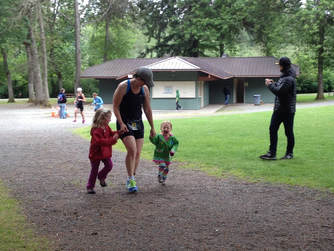
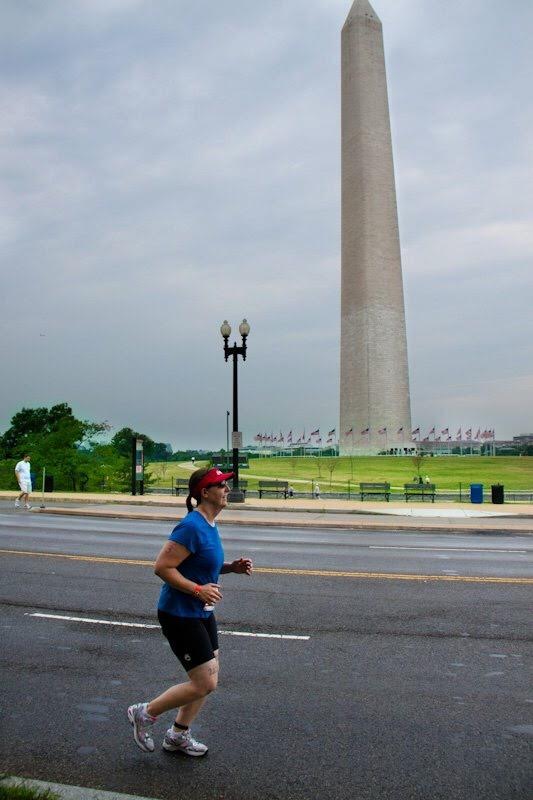
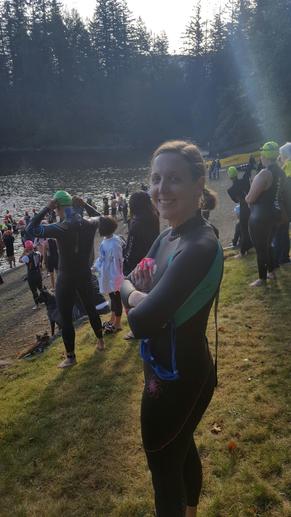
 RSS Feed
RSS Feed
